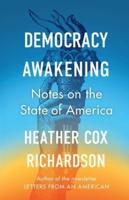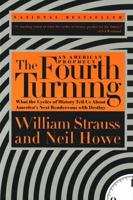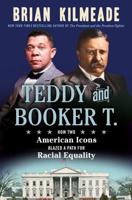Publisher's Synopsis
The Southwest has attained a mythical status, yet images of picturesque desert geography sometimes overshadow the remarkable variety of cultural contributions that originated in the region, which includes Arizona, Nevada, New Mexico, and Texas. Architectural styles range from adobe constructions to the Santa Fe style to Frank Lloyd Wright's landmark Taliesin to Las Vegas casino kitsch. Regional dialects show the influence of Spanish-English hybrid speech as well as a multitude of Native American languages. Border music thrives in the region, while legendary musicians Leadbelly, Blind Lemon Jefferson, and Stevie Ray Vaughan all contributed to the Texas blues genre. Writers such as Zane Grey and Cormac McCarthy have invented and reinvented the Southwestern tale, while such films as the seminal The Last Picture Show have painted indelible images of Southwestern life. Meanwhile, the American wildlife preservation movement has roots in 19th century Southwest lands and to this day maintains an especially imporant role in Southwestern sports and recreation. Mark Busby, director of the Southwest Regional Humanities Center, presents an authoritative reference on the unquestionably diverse and vibrant aspects of regional cultures in the American Southwest.
The Greenwood Encyclopedia of American Regional Cultures is the first rigorous reference collection on the many ways in which American identity has been defined by its regions and its people. Each of its eight regional volumes presents thoroughly researched narrative chapters on Architecture; Art; Ecology & Environment; Ethnicity; Fashion; Film & Theater; Folklore; Food; Language; Literature; Music; Religion; and Sports & Recreation. Each book also includes a volume-specific introduction, as well as a series foreword by noted regional scholar and former National Endowment for the Humanities Chairman William Ferris, who served as Consulting Editor for this encyclopedia.








